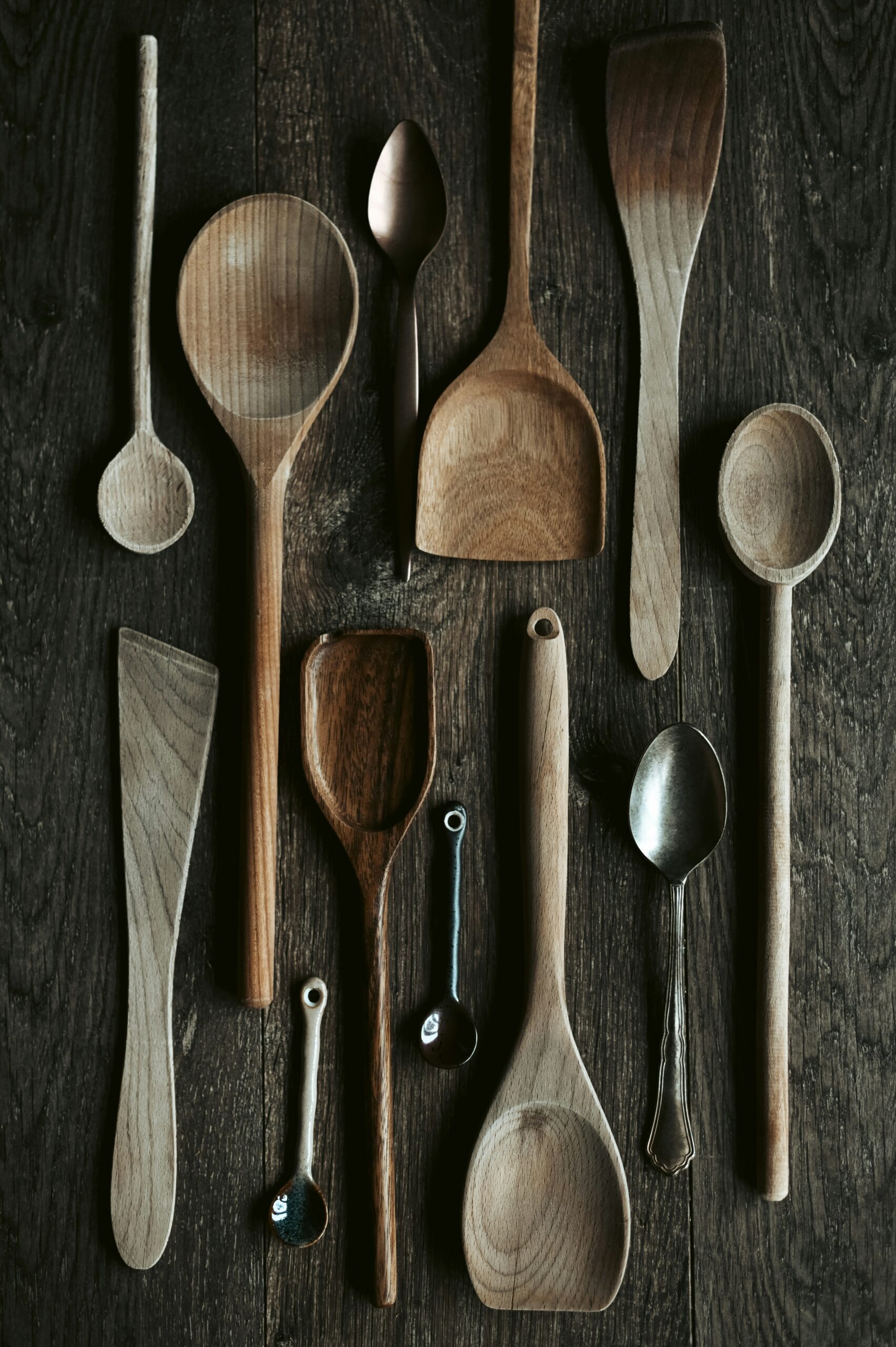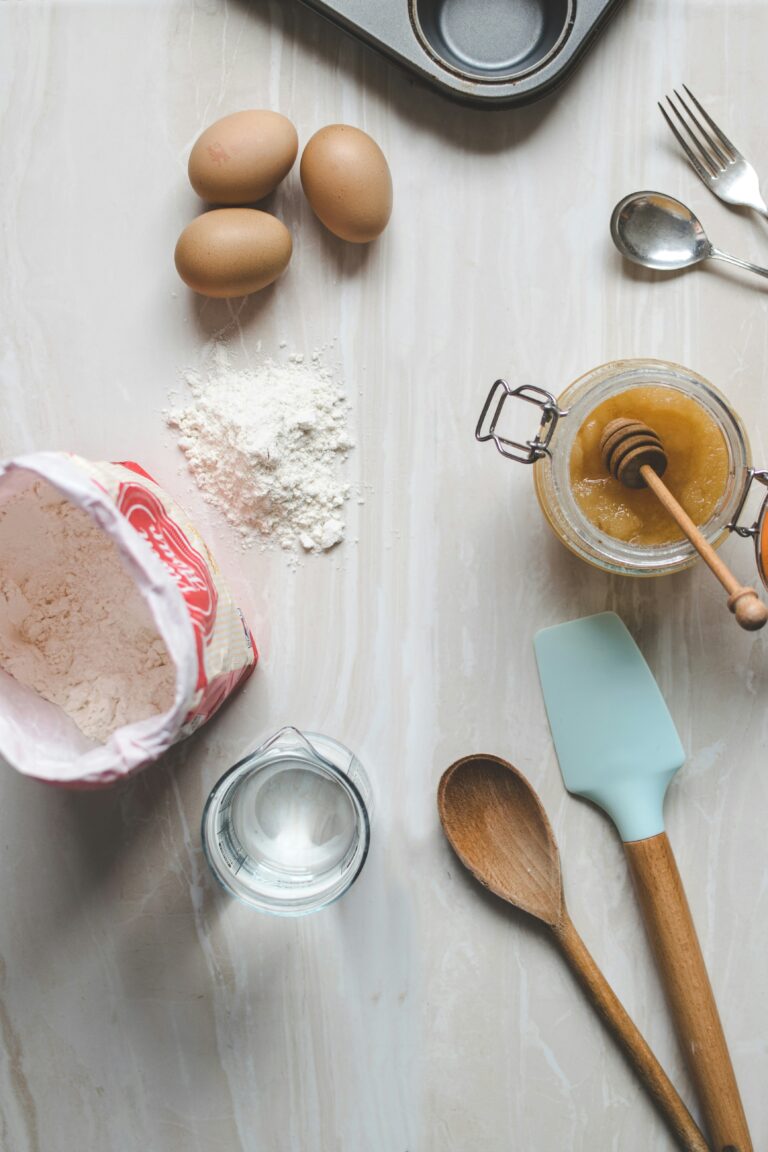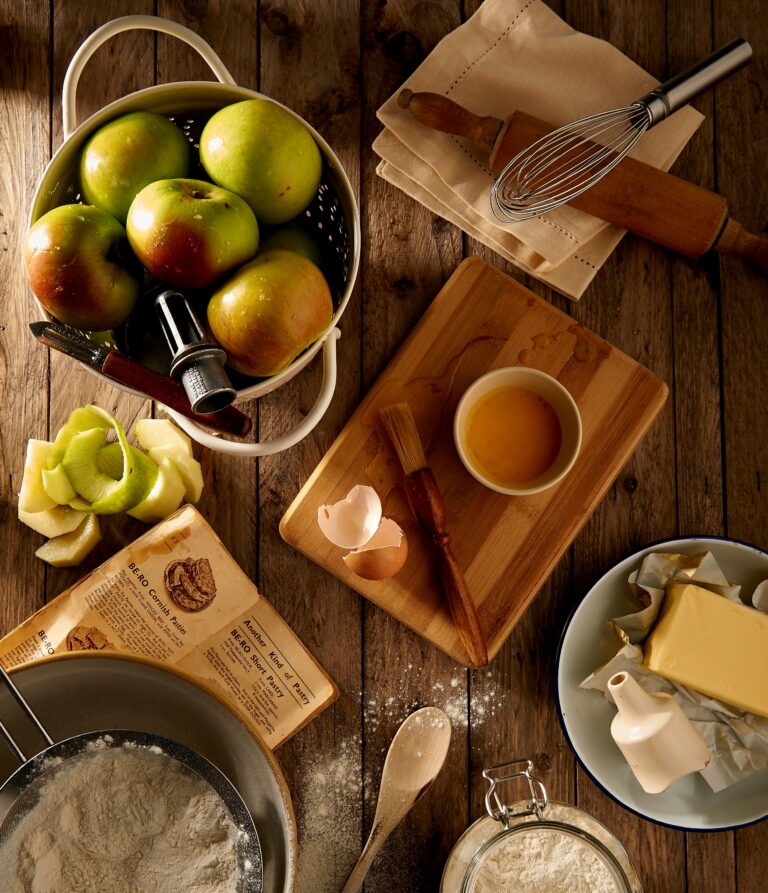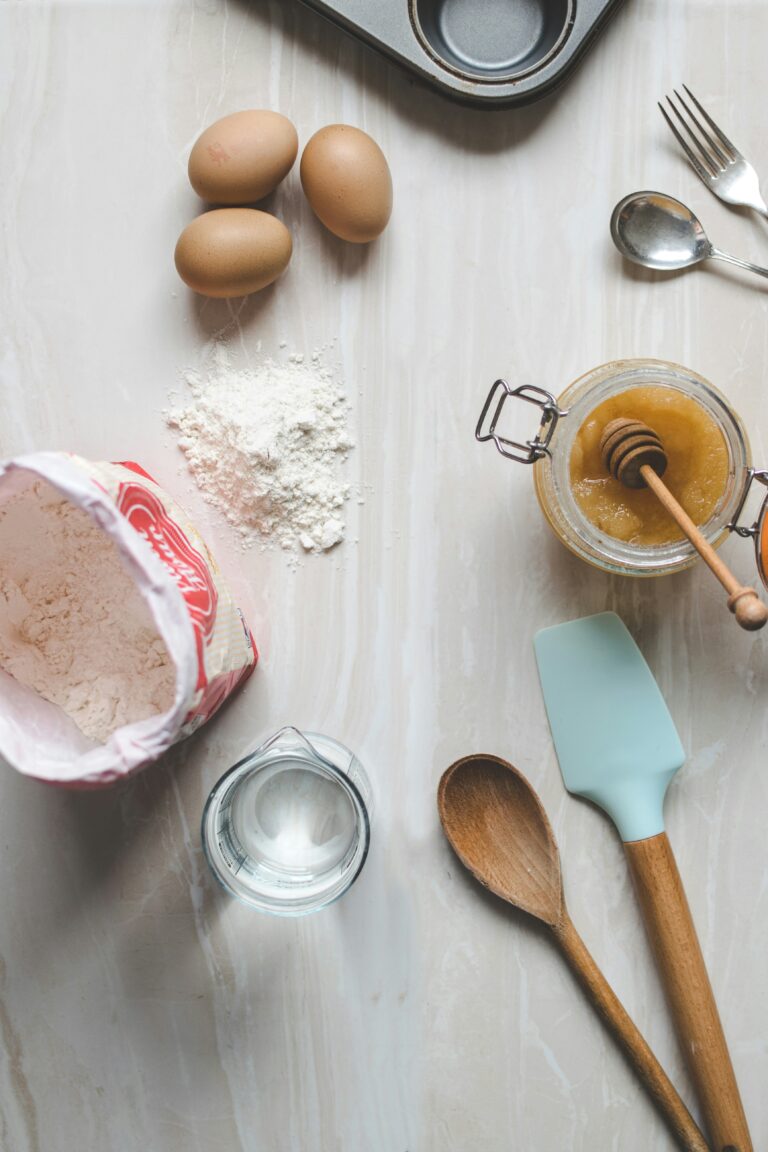Importance of Accurate Measurement in Cooking
When it comes to culinary success, the precision of measurements plays a pivotal role in the outcome of your dish. Understanding why accurate measurement matters and the potential impact of incorrect measurements on your culinary creations is essential for achieving consistent and delicious results.
Why Precise Measurement Matters
Precise measurement in cooking ensures that the ingredients are balanced correctly, guaranteeing the intended flavor, texture, and overall quality of the dish. Whether you are baking a delicate cake or preparing a savory sauce, accurate measurements lay the foundation for a successful culinary endeavor.
Accurate measurements also help maintain consistency in your cooking. By following a recipe’s measurements diligently, you can reproduce a dish accurately each time, allowing you to fine-tune flavors and textures to suit your preference.
Impact of Incorrect Measurements on Your Dish
On the flip side, inaccurate measurements can lead to disastrous culinary outcomes. Using too much or too little of an ingredient can alter the taste, texture, and appearance of a dish. For instance, adding too much salt, sugar, or baking powder can throw off the balance of flavors or cause the dish to rise improperly.
In baking, where precision is critical, inaccuracies in measurements can result in sunken cakes, dense pastries, or cookies that spread too much. Similarly, in savory cooking, incorrect measurements can lead to sauces that are too thick or thin, soups that lack flavor, or stews that are overly salty.
In the realm of culinary arts, mastering the art of precise measurement is fundamental to achieving culinary excellence. By recognizing the importance of accurate measurements and being mindful of the potential repercussions of inaccuracies, you can elevate your cooking skills and unlock a world of culinary possibilities.
Step-by-Step Guide on Measuring 1 Cup
When it comes to cooking and baking, accurate measurement plays a pivotal role in the success of your culinary creations. Whether you are whipping up a savory dish or baking a delectable treat, ensuring precise measurements is key to achieving the desired results. Let’s delve into a step-by-step guide on how to measure 1 cup using both dry measuring cups and liquid measuring cups.
Using Dry Measuring Cups
Dry ingredients such as flour, sugar, and spices require a different measuring approach compared to liquids. Follow these steps to accurately measure 1 cup of dry ingredients using dry measuring cups:
-
Select the Correct Cup: Choose the appropriate size of dry measuring cup. Ensure that the cup is meant for measuring dry ingredients and has a flat edge for leveling.
-
Fill the Cup: Scoop the dry ingredient with a spoon into the measuring cup, overfilling it slightly.
-
Level Off: Use the back of a knife or a straight edge to level off the excess ingredient, making sure the surface is flat.
-
Check for Accuracy: Verify that the ingredient is precisely at the rim of the measuring cup for an accurate measurement.
| Common Dry Ingredients | Weight per 1 Cup |
|---|---|
| All-Purpose Flour | 120g |
| Granulated Sugar | 200g |
| Baking Powder | 192g |
For more insights into converting grams to cups for various ingredients, refer to our article on how do I convert grams to cups?.
Using Liquid Measuring Cups
Measuring liquids requires a different type of measuring tool. Follow these steps to measure 1 cup of liquid accurately using a liquid measuring cup:
-
Place the Cup on a Flat Surface: Ensure the liquid measuring cup is on a level surface to prevent spillage.
-
Pour the Liquid: Slowly pour the liquid into the measuring cup while keeping it at eye level to see the meniscus (the curved surface of the liquid).
-
Check the Meniscus: The liquid should be at the measuring line on the cup, aligning it with the appropriate measurement mark.
-
Verify the Measurement: Double-check that the liquid has reached the correct level for an accurate 1 cup measurement.
When measuring liquids like water, milk, or oil, remember that 1 cup equals 8 fluid ounces. For more details on different measuring equivalents in cooking, you can explore our article on cooking measurement equivalents.
By following these step-by-step instructions for using dry and liquid measuring cups, you can ensure that your recipes turn out just the way you intended. Accurate measurements are the foundation of successful cooking and baking, allowing you to create dishes that are flavorful, perfectly textured, and a delight to your taste buds.





